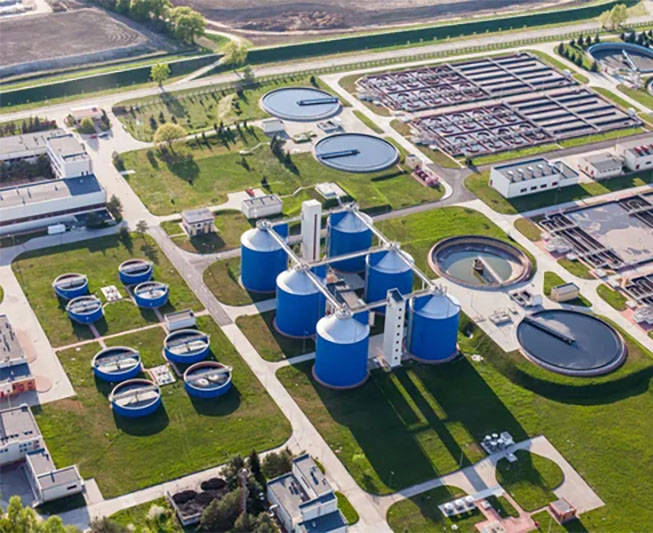- krofta@kroftaengineering.com
- Durga Bhavan A-68, FIEE Complex, Okhla Industrial Area Phase – II, N.D – 110 020
Refineries
How can we help
- Krofta can provide primary treatment and sludge de-watering systems
- We can provide complete ETPs to meet compliance norms
REFINERIES
Primary water treatment and sludge dewatering are two critical processes in refineries that are integral to the management of water resources and waste materials. Let's explore the roles of each of these processes in more detail:
Primary Water Treatment: Primary water treatment in refineries is the initial step in preparing incoming water from various sources for use in various processes within the facility. Its roles include:
- Removal of Impurities: Primary water treatment removes impurities and contaminants from raw water sources, which can include suspended solids, organic matter, oils, and other pollutants. Removing these impurities is essential to prevent fouling, scaling, and corrosion in downstream equipment and processes.

- Cooling Water Quality: Refineries often require large volumes of water for cooling purposes. Primary treatment ensures that cooling water is free from solids and contaminants, which helps maintain the efficiency and integrity of cooling systems.
- Process Efficiency: Depending on the specific processes within the refinery, primary water treatment may also be tailored to remove particular impurities that could interfere with chemical reactions or product quality. This helps maintain process efficiency and product consistency.
- Environmental Compliance: Primary water treatment plays a crucial role in meeting environmental regulations by removing pollutants and contaminants from the water. This ensures that wastewater discharged from the refinery meets regulatory standards, reducing the environmental impact.
- Environmental Impact: Proper sludge dewatering helps reduce the environmental impact of waste disposal. It minimizes the risk of sludge leaching into groundwater and reduces the need for large storage or containment facilities.
Common methods of sludge dewatering in refineries include mechanical processes like belt presses, filter presses, and drying beds. The choice of method depends on the characteristics of the sludge and the desired level of dewatering.

